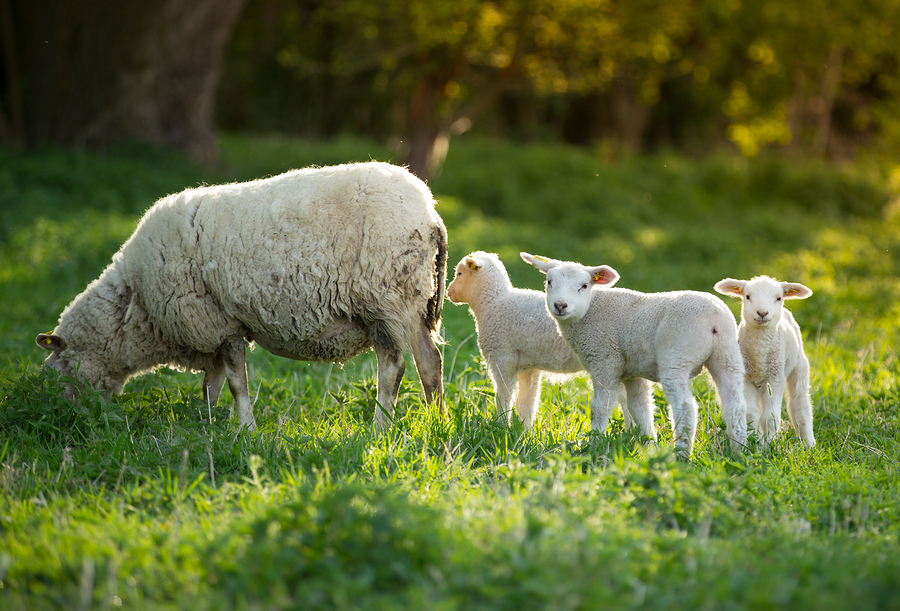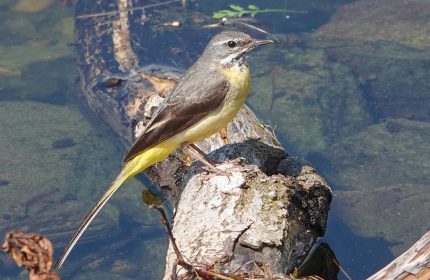The do’s and don’ts of walking near livestock
Fresh air and exercise are so good for us that it’s no wonder more and more people take walks in the countryside when they can. But lovely as the countryside may be, it can also be a little daunting if walking near livestock.
Walking with dogs
As a dog owner, you are responsible for your pet’s behaviour. (Or, if you’re walking someone else’s dog, you’re responsible for keeping it under control.)
You can be fined if the dog worries or attacks livestock.

Here’s some advice from the Ramblers Association on what to do when walking across a field of animals:
Cattle
(After humans) cattle are Britain’s most dangerous large animal, accounting for around five deaths and 80 injuries per year. Most are not naturally aggressive but they are big and heavy and can therefore inflict a lot of damage.
Farm workers are at the greatest risk since they spend more time in close proximity to cattle. Attacks on walkers are rare but do occur, and a real or perceived threat from animals can turn a nice country walk into an unpleasant experience. Walkers with dogs are at far greater risk of attack.
Do
- Stop, look and listen on entering a field. Look out for any animals and watch how they are behaving, particularly bulls or cows with calves
- Try to avoid getting between cows and their calves
- Be prepared for cattle to react to your presence, especially if you have a dog with you
- Move quickly and quietly, and if possible walk around the herd
- If you have a dog, keep it close, on a short lead, and under effective control
- Remember to close gates behind you when walking through fields containing livestock
Don’t
- Don’t put yourself at risk by walking close to cattle
- Don’t panic or run – most cattle will stop before they reach you; if they follow just walk on quietly
- Don’t hang onto your dog if you are threatened by cattle – let it go as the cattle will chase the dog and not you
If cattle are blocking a path through a field, you’re well within your rights to find a safe way, away from the path to avoid them. You should then re-join the footpath as soon as possible – and when you consider it safe to do so.
Bulls are territorial and won’t like you crossing their field so if there is one adult bull in a field by himself then find another way round.
Occasionally you’ll see a bull in a field of cows. You should be able to cross the field if you keep your distance from the bull and if you’re walking in a group keep close together, but if you have any doubts, find a different route.
Sheep

You pose a far greater risk to sheep, especially if you walk with a dog. Give them time and space to get out of your way and always keep your dog on a lead. Never let children chase sheep: stress and exhaustion can cause pregnant ewes to miscarry.
Sheep are usually quite timid and will avoid you, but be careful when there are lambs in the field. Don’t get between the parents and their young. Take a slight detour if following the path exactly will cause the sheep to scatter into two groups.
Horses
If approaching a horse in an open field, don’t sneak up behind them or they may kick out! Approach from the side or front, so that they are aware of you before you get too close. Gentle talking will help them know you’re there before they see you.
If your footpath takes you through a farmyard then walk calmly and try not to make too much noise.
Have you had any close encounters with livestock on a walk? How did you deal with it?
Melina - Assistant Editor
Latest posts by Melina - Assistant Editor (see all)
- Banana bread with SunGold kiwis - February 20, 2025
- A tribute to Bob Marley - February 4, 2025
- Going to Work on an Egg! - January 29, 2025
- The Very Best of Petula Clark - January 14, 2025
- 50 Years of Coat Trends - January 12, 2025




















